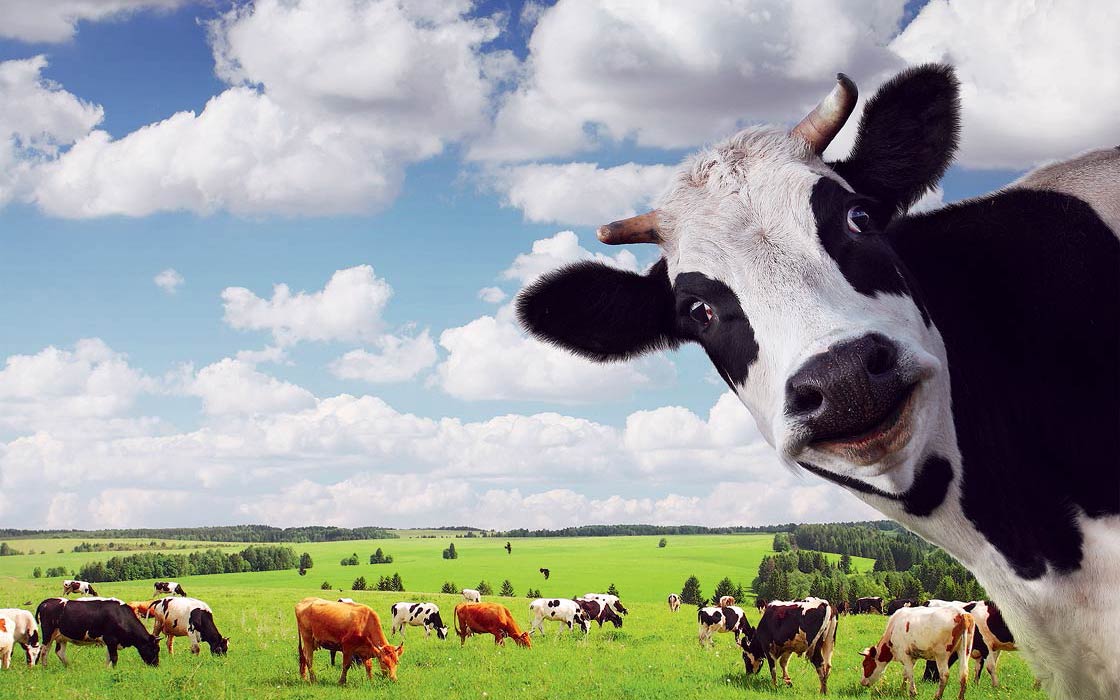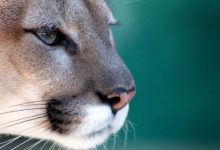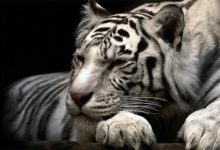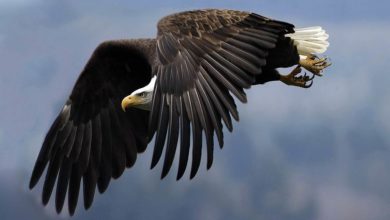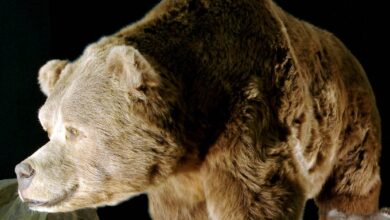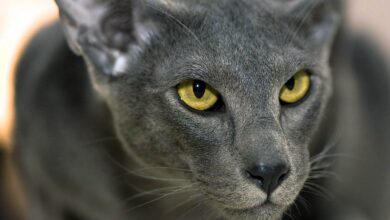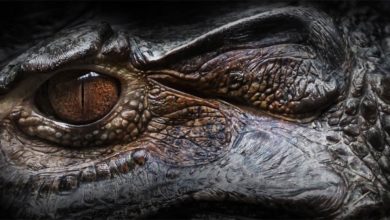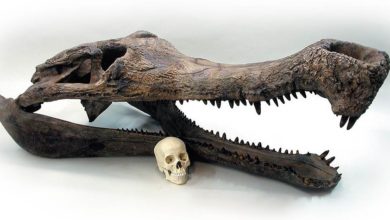Dairy Cow
We know what a cow looks like, even though many of us haven’t had direct contact with this animal. Some of us, however, have had dreams in which a cow was the main character. In many cultures, the cow is an animal symbolizing nurturing, fertility, motherhood, and an open perspective. The first association that comes to mind after a dream featuring a cow is prosperity. Quite often we have dreams in which a calf appears. In such cases, the dream’s interpretation points to significant life changes. Milking a cow in a dream is meant to warn us that someone wants to take advantage of us, while milk itself appearing in a dream portends financial gains. So much for dream interpretation. But what are the facts?
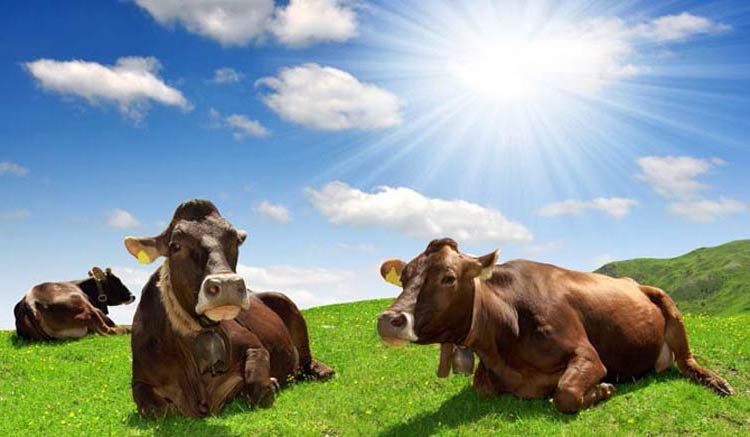
Classification
- Class: Mammals
- Order: Even-toed ungulates
- Suborder: Ruminants
- Family: Bovidae
- Genus: Cattle
- Species: Aurochs (Bos taurus)
- Subspecies: Domestic cattle (Bos taurus taurus)

A Little Bit About Milk
Humans, even adults, enjoy drinking milk, although other mammals only consume milk until they can eat solid foods.
Most often, we drink cow’s milk, produced by dairy cow breeds specifically raised for milk. A young calf is separated from its mother after just 1-3 days to prevent the cow from becoming accustomed to it. The calf is then fed artificially, while the cow continues to produce milk.

Domestication
At a certain point in its existence, humans noticed that it was easier to acquire food when a herd of animals grazed nearby, and that herd animals were more readily influenced by them. Thus, humans began to care for these animals, leading to their domestication – the adaptation of wild animals to an environment created for them by humans. This process spanned several millennia. The earliest domestications involved the ancestors of the domestic dog, followed by sheep and goats, cattle, pigs, and donkeys. The horse was domesticated last.
Initially, however, animals were tamed, which led to the disappearance of defensive reactions such as flight or aggression, and the animals themselves began to seek human companionship.
The beginning of wheat, rice, and corn cultivation, along with the domestication of animals, transformed the human lifestyle from nomadic to sedentary, marking the start of rational and planned food production.
Cattle are raised for:
- Meat
- Draft power
- Milk production
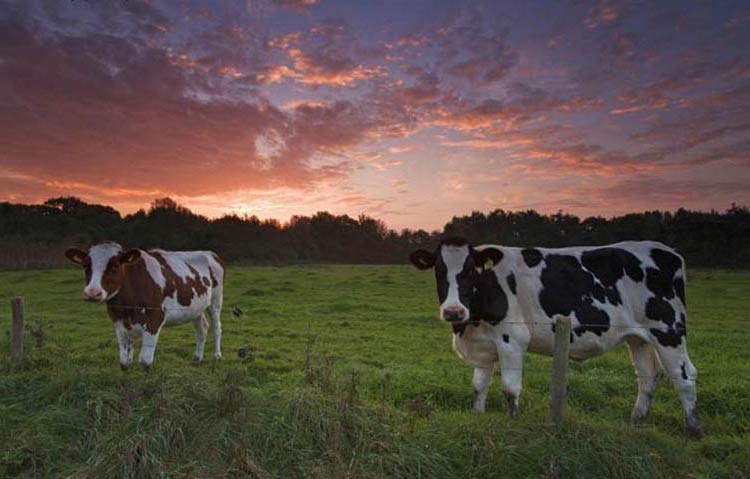
Origin
Today, we know that large breeds of domestic cattle are direct descendants of the aurochs (Bos taurus), whose ancestors appeared on Earth approximately 2 million years ago in the territory of present-day India. These animals then spread across Asia, Europe, and North America, thriving in forested areas.
The aurochs fed on grass and inhabited lowland areas covered by primeval forests. Ten thousand years have passed since the domestication of the aurochs. Over these years, the species changed, leading to the creation of many breeds and varieties of modern cattle. However, the 19th and early 20th centuries were particularly important in the process of cattle breed development. This is when cattle breeders’ associations began their activities. Herd books started to be kept, and new cattle breeds were created, no longer shaped by diverse environmental conditions but by the deliberate efforts of many breeders.
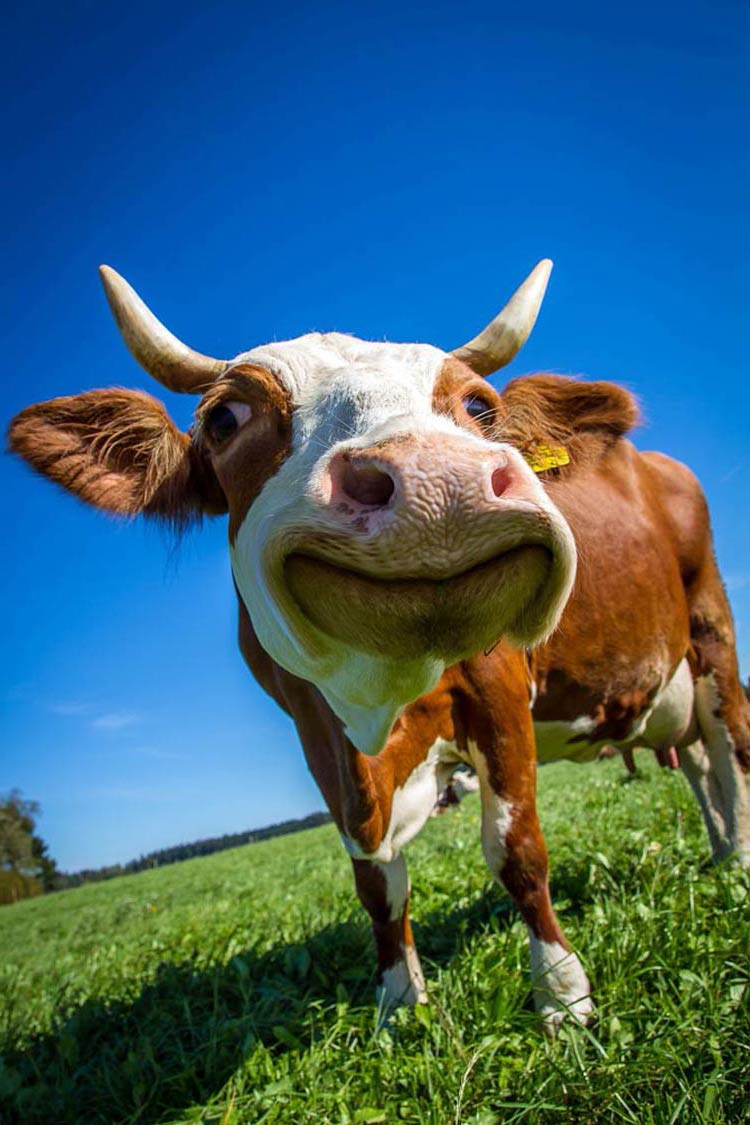
Occurrence
Cattle are raised practically all over the world, and the main exporters of their meat are the USA, Mexico, Australia, Brazil, New Zealand, Denmark, Ireland, and France. However, the largest cattle farms are located in China, where a single farm can raise as many as 100,000 cows for milk!
Milk
Milk is a secretion from the mammary glands of mammals, intended for feeding their young. Only humans don’t always use human milk for infant feeding and also utilize cow’s milk for this purpose.
The chemical composition of cow’s milk depends on many factors, such as the breed of cattle, season, lactation period, the time elapsed between milkings, and the method of milking and cattle husbandry.
Cow’s milk contains protein, fat, the sugar lactose, biologically active substances, minerals (the most important of which are calcium and phosphorus), as well as vitamins B1, B2, B3, B9, B12, C, and fat-soluble vitamins A, D, E, K. Their quantity, however, is variable and depends, among other things, on the type and quality of feed. Milk is richest in vitamins during the spring and summer, when the cow is fed green fodder.
More information on milk can be found in the article Where Does Milk Come From?

Utilization
Aside from milk and meat, the main products obtained from cattle include hides as raw material for the tanning industry; horns used in the production of haberdashery and souvenirs; bones, from which glues and bone meal are produced; and manure, utilized as fertilizer.
In Poland, cattle are primarily raised for milk and meat, which is why the Lowland Black and White cattle breed is the most widespread.

Life and Lifespan
The average lifespan of a cow in natural conditions is about 20 years. Unfortunately, when the animal is used on a farm, its lifespan shortens to approximately 15 years. A dairy cow living on a milk-producing farm lives, on average, only about 4-5 years. After this time, she is so weakened that she is designated for slaughter.
Domestic cattle reach sexual maturity at around 6-9 months of age. Pregnancy in cows typically lasts about 280 days, and usually, a single calf is born after this period. On farms, domestic cattle are artificially inseminated.
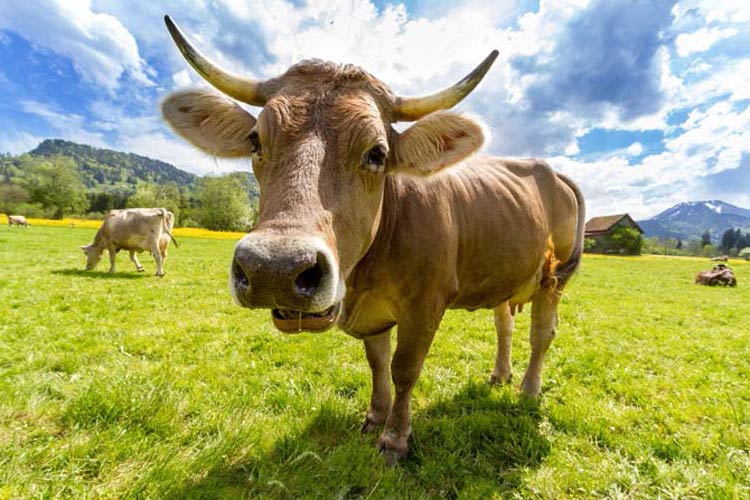
Eating and digestion
A cow’s stomach consists of four chambers: the rumen, reticulum, omasum, and abomasum. The transport of food during digestion occurs between these chambers. The feeding process begins with the cow tearing grass with its teeth and initially shredding it, after which it first enters the rumen, where it’s digested with the help of bacteria present there. This prepared food then returns to the oral cavity, where it’s ruminated, very thoroughly broken down, and directed back to the stomach.
Detailed Data / Dimensions
Domestic Cattle (Bos taurus taurus)
- Lifespan: Approximately 20 years (in practice, 4-7 years)
- Height: 120 – 190 cm (47.2 – 74.8 inches), depending on breed
- Weight: 450 – 1,800 kg (992 – 3,968 lb), depending on breed
- Gestation Period: Approximately 280 days
- Milk Yield per Milking: 4-5 liters (1.06 – 1.32 US gallons)
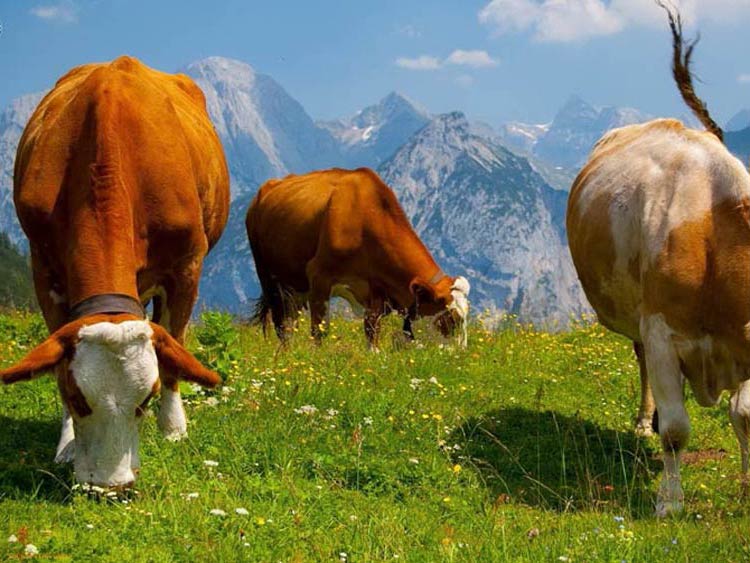
Cow – Interesting Facts
- The term “sacred cow” refers to the status of cows in India. This is linked to Hindu beliefs that recognize the cow as a universal mother and a cosmic symbol.
- Hindu scriptures state that a cow should be treated as one of humanity’s “seven mothers,” its nourisher, because it provides milk.
- In India, cows are not worshipped, but rather protected and treated respectfully. The population also refrains from consuming their meat.
- According to FAO data, there are over 600 cattle breeds worldwide, and cow’s milk production occurs in approximately 200 countries.
- The “Milky Way” is a band of stars and nebulae stretching across the sky, which reminded the Ancient Greeks, who coined the name, of milk spilled across the heavens.
- In the summer, rising air temperatures cause cows to protect themselves from overheating by increasing blood flow in the subcutaneous layer, sweating, accelerated breathing, salivation, or reducing physical activity. The energy expended on these activities results in lower milk production.
- To produce 1 liter (0.26 US gallons) of milk, a cow needs at least 3 liters (0.79 US gallons) of water.
- Cows can drink quickly – up to 20 liters (5.28 US gallons) of water per minute. During lactation, cows require up to 150 liters (39.63 US gallons) of water per day.
- In some regions of the world, such as China, Japan, Polynesia, and parts of Africa, milk is not consumed at all. It is simply completely indigestible for many people living there.
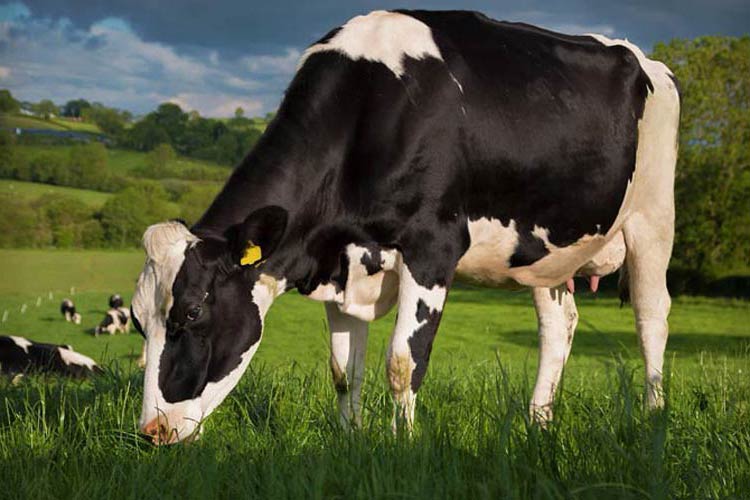
Recommended
- Milk – where does it come from?
- Fastest animals – Top 100
- Fastest animals – on land, in water and in the air
- Fastest mammals
- Fastest birds
- Cheetah
- Most venomous snakes – Top 10
- Largest eagles – Top 10
- Largest birds of prey
- Smartest dogs – Top 10
- Animals records
- Largest crocodiles
- Longest whales
- Heaviest whales
- Longest snakes
- Most venomous snakes
- Largest sharks
- Top-flying birds

